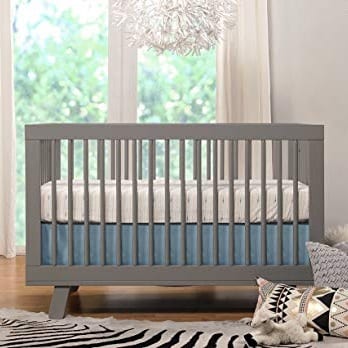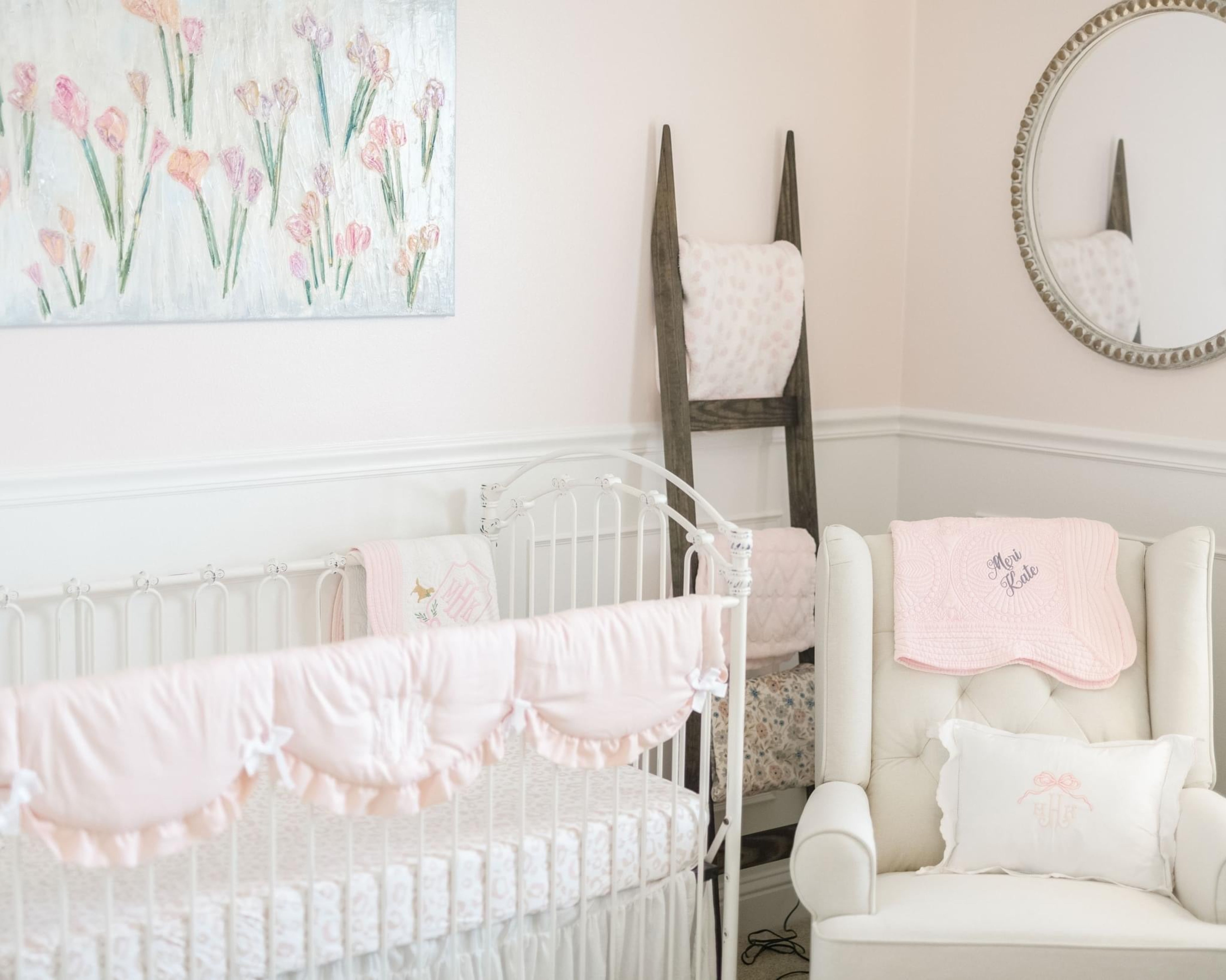The exact causes of Sudden Infant Death Syndrome (SIDS) and other infant sleep-related deaths remain a mystery, but new guidelines from the American Academy of Pediatrics (AAP) may help cut their risk so babies can sleep as safely as possible.
In a new policy statement, the AAP recommends that infants sleep in the same bedroom as their parents, but should never sleep on a couch, arm chair or soft surface, to decrease sleep-related deaths. Ideally, the guideline should be followed throughout the baby’s first year of life or, at the minimum, until the child is six months old, since room-sharing decreases infant risk of SIDS by almost 50 percent. Plus, there should be no soft bedding in the crib, including bumpers, pillows and soft toys, since these might cause overheating or block breathing. The AAP’s new statement is backed up by evidence from a new report published in the November 2016 issue of Pediatrics.
Other updates from the statement include:
- Immediately following birth for at least an hour as soon as the mother is medically stable and awake, there should be skin-to-skin care between the mother and the infant, regardless of the feeding or delivery method.
- The baby should be placed on his or her back on a firm surface such as a crib with a tight-fitting sheet.
- The baby should not be exposed to smoke, alcohol and illicit drugs.
- Breastfeeding can also add protection against sleep-related deaths.
Additional ways parents can help make sure their babies sleep safely are offering a pacifier at nap time, giving infants all recommended vaccinations and having supervised awake tummy time. Of note, the AAP recommends against using home monitors and commercial devices like wedges or positioners to reduce the risk of SIDS, since simple precautions may be enough.
Every year, approximately 3,500 infants die from sudden unexpected infant deaths(SUID), which include SIDS, ill-defined deaths and accidental suffocation and strangulation. SIDS alone claimed 1,500 infant lives in 2014. Occurring among infants younger than age 1, sudden unexpected infant deaths don’t have an obvious cause. Thanks to a national safe sleep campaign, the number of SUIDs dropped in the 1990s, but the figure has remained stable since then.
While many of the sleep safety recommendations aren’t new, the AAP’s new report reminds parents that small precautions can make a big difference in babies’ sleep safety.
Note: this is a guest post written by Maricar Santos for Working Mother and legally licensed through the Matcha publisher network. Please direct all licensing questions to legal@getmatcha.com.
When your baby is not sleeping, they can snuggle with you in Liz and Roo’s luxurious gray herringbone faux fur blanket.


